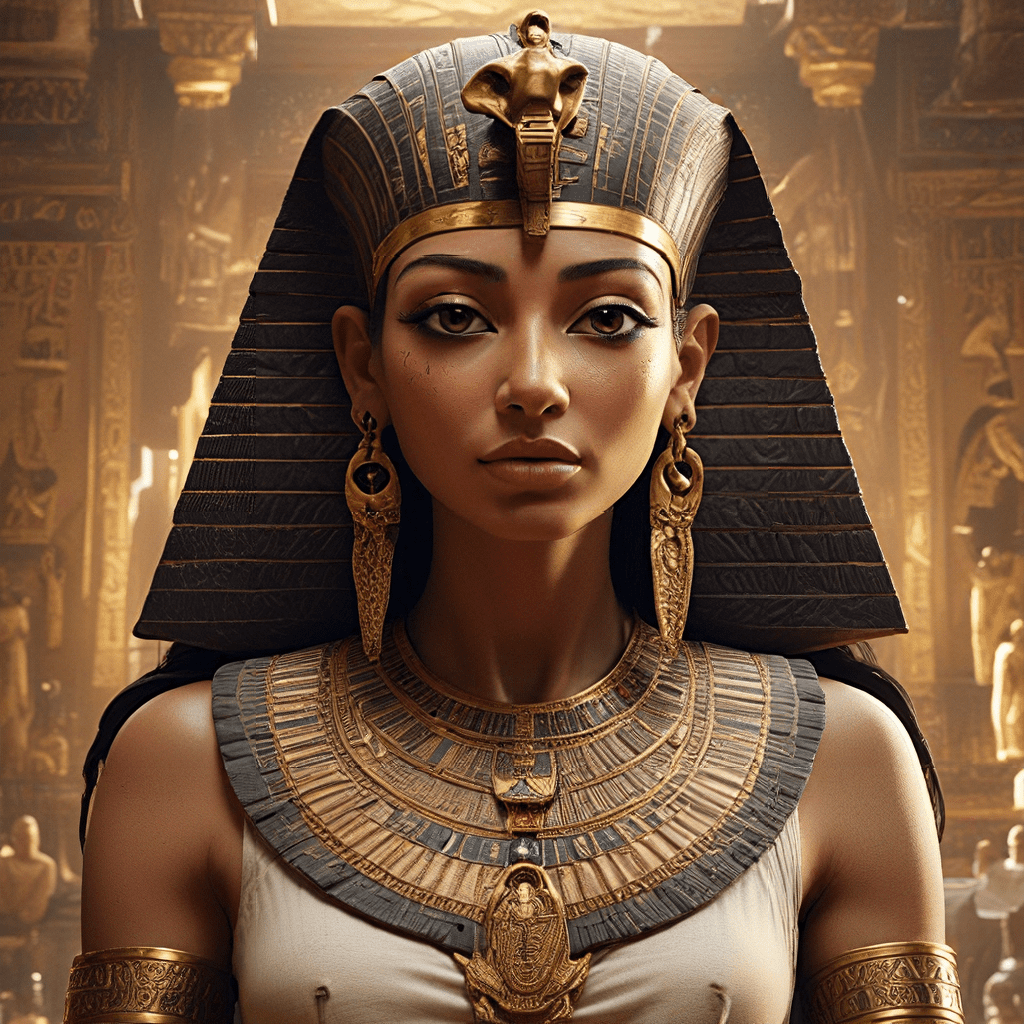A Visual Encyclopedia of Ancient Egyptian Symbols
Introduction:
Ancient Egypt was a civilization that thrived for thousands of years, leaving behind a rich legacy of art, architecture, and a complex belief system. Symbols played a vital role in Egyptian culture, serving as visual representations of their gods, beliefs, and values. From majestic pyramids to intricate hieroglyphs, symbols permeated every aspect of Egyptian life. This encyclopedia delves into the meanings and significance of some of the most important symbols in ancient Egypt.
1. Deities and Divine Beings:
The ancient Egyptians worshipped a vast pantheon of gods and goddesses, each with their own unique powers and domains. These deities were often depicted in symbolic forms, reflecting their attributes and roles. Hieroglyphics, the ancient Egyptian writing system, heavily relied on symbolism, using images to represent sounds, words, and concepts. Gods and goddesses were frequently portrayed in both human and animal forms, combining human features with animal heads or bodies.
For example, the god Anubis, associated with the afterlife and mummification, was depicted as a jackal-headed man. The goddess Sekhmet, known for her fierce nature and association with war and healing, was often depicted as a lioness. The attributes and roles of deities were further emphasized through specific symbols. Ra, the sun god, was often depicted with a sun disk on his head. The goddess Hathor, associated with love, beauty, and motherhood, was often depicted with a cow’s head or horns. By understanding these symbolic representations, we can gain deeper insights into the ancient Egyptian belief system and the way they perceived their world.
2. The Sun and Cosmic Order:
The sun played a central role in ancient Egyptian religion and cosmology. The sun god Ra was believed to be the creator of the world, responsible for bringing life and light to the cosmos. The sun’s daily journey across the sky was seen as a symbolic representation of the cycle of life, death, and rebirth. Many symbols were associated with the sun and its significance in Egyptian culture.
The Eye of Ra, a powerful symbol representing Ra’s protection and justice, was believed to ward off evil and restore balance. The Benben Stone, a sacred pyramidal stone, symbolized the primordial mound from which the world emerged. The scarab beetle, which rolls a ball of dung to bury its eggs, was seen as a representation of the sun god’s journey across the sky. The sun disk, often depicted with wings, symbolized the sun’s power and its role in creation. The solar barque, a boat that carried the sun god across the sky, was believed to be a vehicle for Ra’s eternal journey.
3. The Afterlife and Judgment:
The ancient Egyptians placed great importance on the afterlife and the journey of the soul after death. They believed that the deceased would be judged in the Hall of Two Truths, where their heart would be weighed against the feather of Ma’at, the goddess of truth and justice. Various symbols represented the afterlife, judgment, and the underworld.
Osiris, the god of the underworld, was believed to rule over the dead and judge their souls. Anubis, with his jackal head, was associated with mummification and the rituals associated with the afterlife. The Weighing of the Heart ceremony, depicted in the Book of the Dead, symbolized the judgment of the soul. The Book of the Dead, a collection of spells and prayers intended to guide the deceased through the afterlife, was often placed in the tomb with the deceased.
4. Protection and Power:
The ancient Egyptians used various symbols to represent protection, strength, and royal authority. These symbols were often incorporated into amulets, royal regalia, and architectural decorations.
The Eye of Horus, also known as the Wadjet, was believed to possess protective powers. The Uraeus serpent, a venomous serpent often depicted on the pharaoh’s crown, symbolized royalty and divine protection. The Ankh, a symbol resembling a cross with a loop at the top, was believed to be the key of life and was often used as a symbol of protection and immortality. The Was scepter, a ceremonial staff with a flail at one end, represented the pharaoh’s power and authority.
5. Life, Fertility, and Nature:
The ancient Egyptians were deeply connected to nature, and their beliefs and practices reflected the importance of life, fertility, and renewal. Symbols were used to represent these concepts and the cyclical nature of life.
The Djed pillar, a symbol of stability and strength, was believed to represent the backbone of Osiris, god of the underworld, and symbolized the resilience and endurance of life. The lotus flower, which blooms and grows in the Nile River, was a symbol of creation, rebirth, and the sun. The Tree of Life symbolized the interconnectedness of life and the forces of nature. The scarab beetle, which symbolizes the sun god’s journey across the sky, was also associated with fertility, rebirth, and the cycle of life. The papyrus plant, a common plant in the Nile Valley, was a symbol of creation and life.
6. The Nile River and Water:
The Nile River was the lifeblood of ancient Egypt, providing water for agriculture and serving as a transportation route. The Nile and water were deeply intertwined with their beliefs, and many symbols represented the river’s importance. The life-giving properties of water allowed for the growth of crops and the development of Egyptian society.
The Nile River was seen as a sacred entity, and it played a central role in many myths, rituals, and festivals. The presence of water in many hieroglyphs further illustrated its significance in ancient Egyptian culture. The Nile River represented life, fertility, and the cyclical nature of existence. The flooding of the Nile River was a cyclical event that provided fertile soil for agriculture, and it was seen as a gift from the gods, symbolizing renewal and abundance. The river’s importance in their lives and beliefs deeply shaped the ancient Egyptian society.




